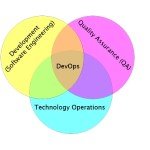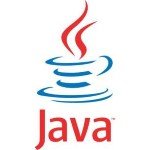-
Enterprise Java

Clean Code from the Trenches – Writing Executable Specifications with JUnit 5, Mockito, and AssertJ
Executable Specifications are tests that can also serve as design specifications. They enable technical and business teams to get on…
Read More » -
DevOps

A Beginner-friendly Introduction to Kubernetes for Developers: What is Kubernetes?
Just a few months ago, I had the chance to get my hands dirty with Kubernetes for the very first…
Read More » -
Core Java

Different States of Java Threads
Introduction In Java, threads can have States. The Thread.State enum defines the different states that a Java thread can have.…
Read More » -
Core Java

A brief overview of the Fork/Join Framework in Java
Introduction The Fork/Join framework is a framework to solve a problem using a concurrent divide-and-conquer approach. They were introduced to…
Read More » -
Core Java

Java Tips: Creating a Monitoring-friendly ExecutorService
In this article we will be extending an ExecutorService implementation with monitoring capabilities. This monitoring capability will help us to measure…
Read More » -
Enterprise Java

JPA Tips: Avoiding the N + 1 select problem
Introduction ORM frameworks like JPA simplifies our development process by helping us to avoid lots of boilerplate code during the…
Read More » -
Enterprise Java

Replacing exceptions with error notifications during input validation in Java
In my previous article I wrote about an input validation design which replaces hard-to-maintain-and-test if-else blocks. However, as some readers pointed…
Read More » -
Enterprise Java

Clean Code from the trenches
Clean Code from the trenches – Validation Let’s directly start with an example. Consider a simple web service which allows…
Read More » -
Enterprise Java

Dealing with Java’s LocalDateTime in JPA
A few days ago I ran into a problem while dealing with a LocalDateTime attribute in JPA. In this blog post…
Read More »
- 1
- 2





